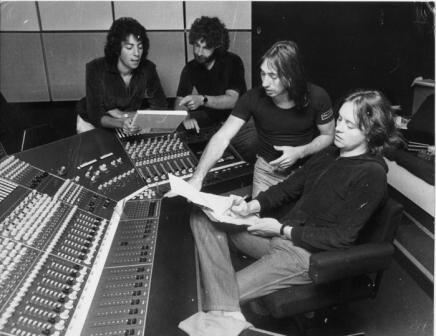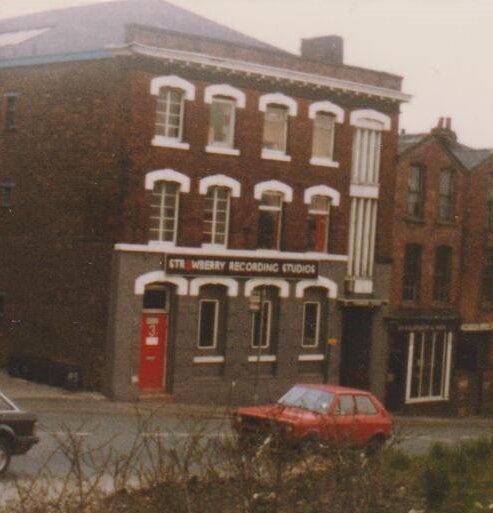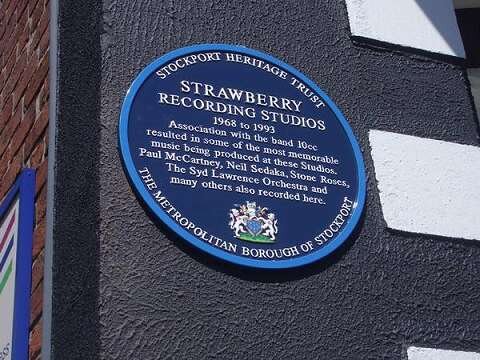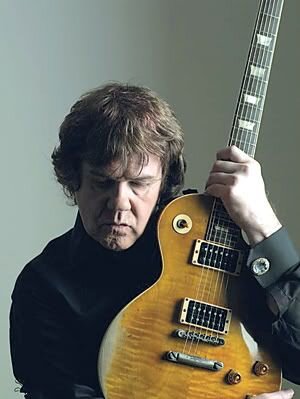March marks the anniversary of one of the greatest albums in music history, ‘The Dark Side Of The Moon’, the eighth studio album by the legendary progressive rock band, Pink Floyd.
Now 48 years old, The Dark Side Of The Moon is still as groundbreaking, bizarre, and iconic as it was when it was released, back on March 1st, 1973.
Most of the album’s songs were based around former band member, Syd Barrett, and the mental health problems that he had suffered with before getting axed. Barrett had co-founded Pink Floyd but departed in 1968 and he was replaced by guitarist, David Gilmour. The group were deeply saddened that they had to let Syd go and they missed him greatly.
The hit album was recorded at the iconic, Abbey road studios, in London. Pink Floyd’s 1973 line-up consisted of David Gilmour (vocals and guitar), Roger waters (bass guitar) Nick mason (drums), and Richard Wright (Keyboard and vocals). Vocals from Clare Torry, a session singer and songwriter, are also featured, whilst Alan Parsons recorded the album and Chris Thomas mixed it.
Pink Floyd created the album’s iconic sounds by using multi-track recording and experimenting with electronic sounds which were produced by synthesizers.
This record ultimately would prove to be the one that would transform the band and give Pink Floyd its first taste of mainstream success.
Tracks on the record such as, ‘Us and them’, ‘Money’, and ‘Time’, are all over 6 minutes long.
All the songs on the vinyl, however, are all truly beautiful. When you listen to the album from beginning to end you embark on a rollercoaster ride of different sounds and emotions,
Sounds of cashiers opening and coins jingling are present on Money and Time features sounds of clocks ticking and alarms ringing. Money represents greed, whilst Time is about the concept of time slipping by, without one realising it.
My personal favourites include ‘Breathe (In The Air)’, ‘Brain damage’, and ‘Eclipse’, because I find them mesmerising. They certainly have a strong psychedelic feel to them, similar to earlier work from the Beatles, with the likes of ‘Lucy In The Sky With Diamonds’ and ‘Strawberry Fields Forever’.
The cover art is also legendary, the spectrums of light coming out of the prism, is truly iconic and is easily one of the most recognisable album covers to this day.
The Dark Side Of The Moon went on to sell 45 million copies worldwide and spent over 200 weeks on the Billboard top 200.
Joe Strong





















